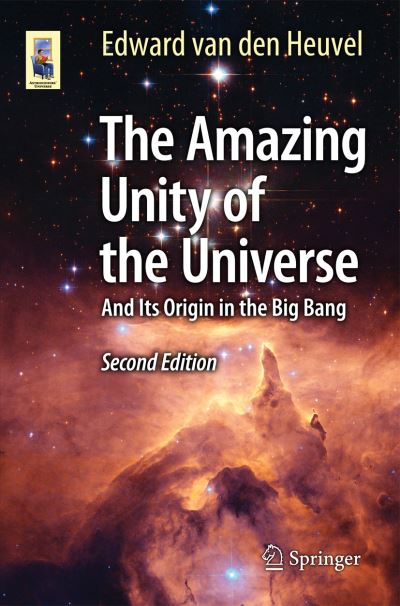
In the first chapters the author describes how our knowledge of the position of Earth in space and time has developed, thanks to the work of many generations of astronomers and physicists. He discusses how our position in the Galaxy was discovered, and how in 1929, Hubble uncovered the fact that the Universe is expanding, leading to the picture of the Big Bang. He then explains how astronomers have found that the laws of physics that were discovered here on Earth and in the Solar System (the laws of mechanics, gravity, atomic physics, electromagnetism, etc.) are valid throughout the Universe. This is illustrated by the fact that all matter in the Universe consists of atoms of the same chemical elements that we know on Earth. This unity is all the more surprising when one realizes that in the original Big Bang theory, different parts of the Universe could never have communicated with each other. It then is a mystery how they could have shared the same physical laws. This problem was solved by the introduction of the idea of inflation, a phase of extremely rapid expansion of the Universe during the first fraction of a second following the Big Bang. The author explains how the unity of the Universe finds its origin in the Big Bang prior to inflation. The book addresses the many fundamental questions about the Universe and its contents from the perspective of the Big Bang: the formation of structure in the Universe, the questions of the mysterious dark matter and dark energy, the possibilities of other Universes (the Multiverse) and of the existence of intelligent life elsewhere in the Universe.
| ISBN: | 9783319235424 |
| Publication date: | 27th July 2016 |
| Author: | Edward Peter Jacobus van den Heuvel |
| Publisher: | Springer an imprint of Springer International Publishing |
| Format: | Paperback |
| Pagination: | 315 pages |
| Series: | Astronomers' Universe |
| Genres: |
Cosmology and the universe Solar system: the Sun and planets Applied physics Astronomy, space and time |